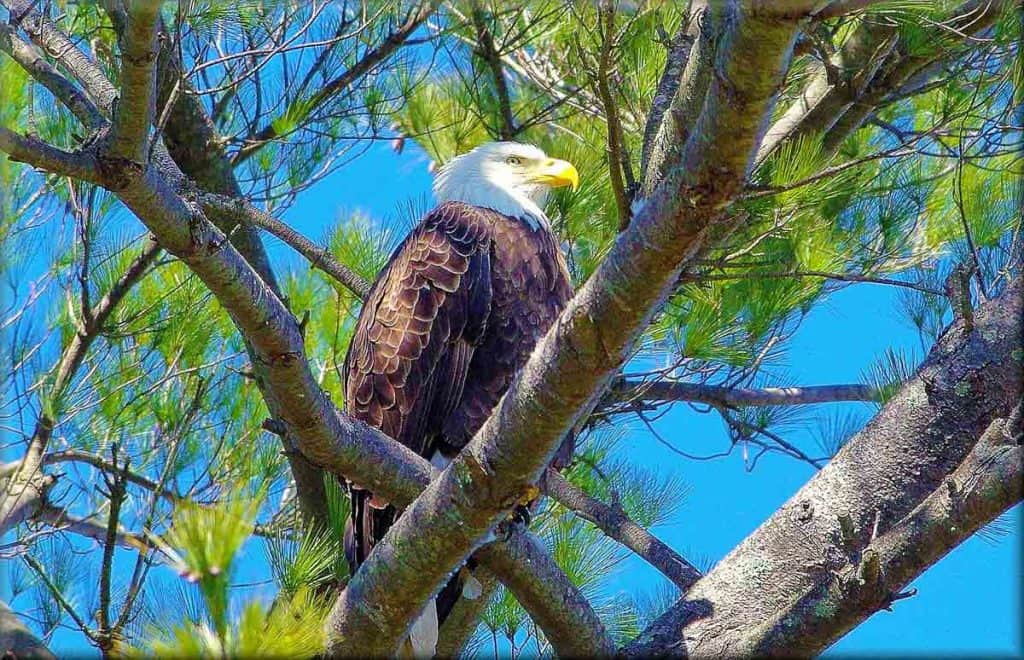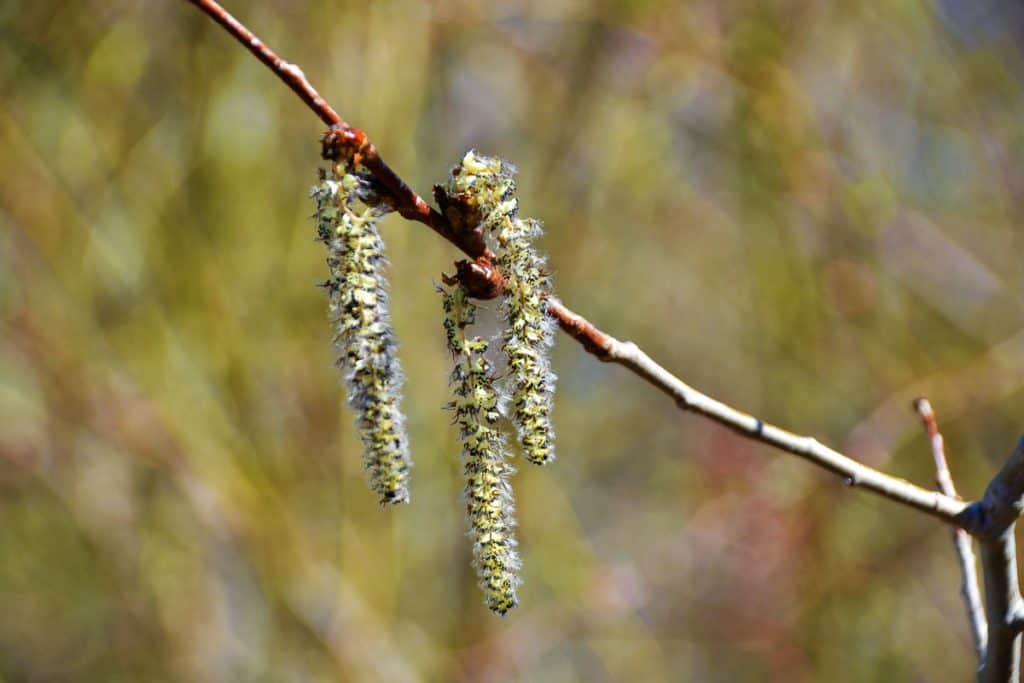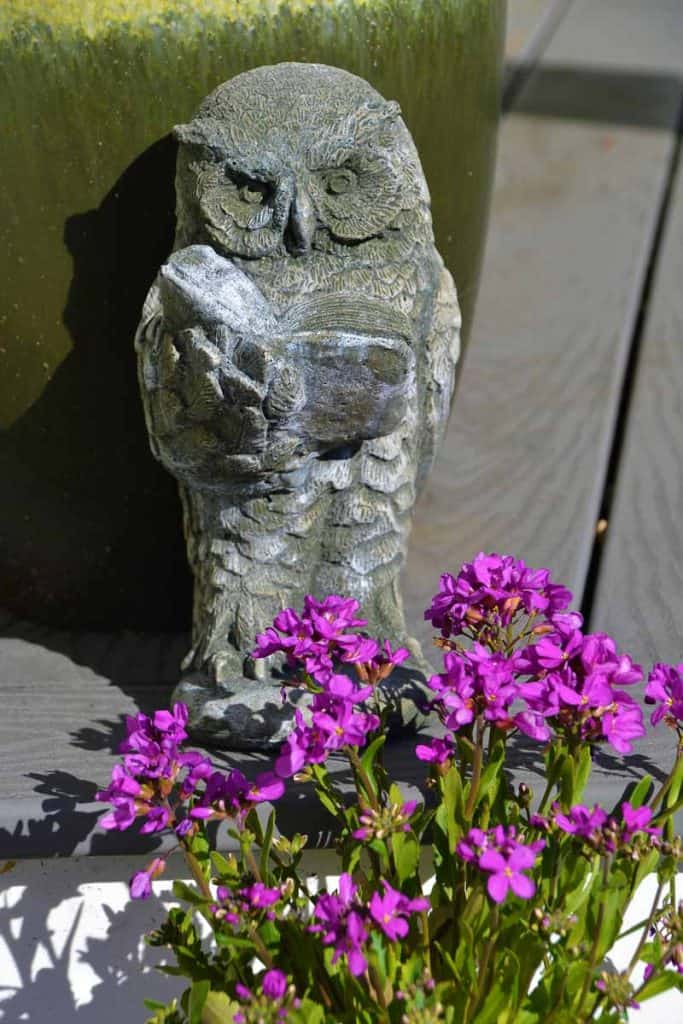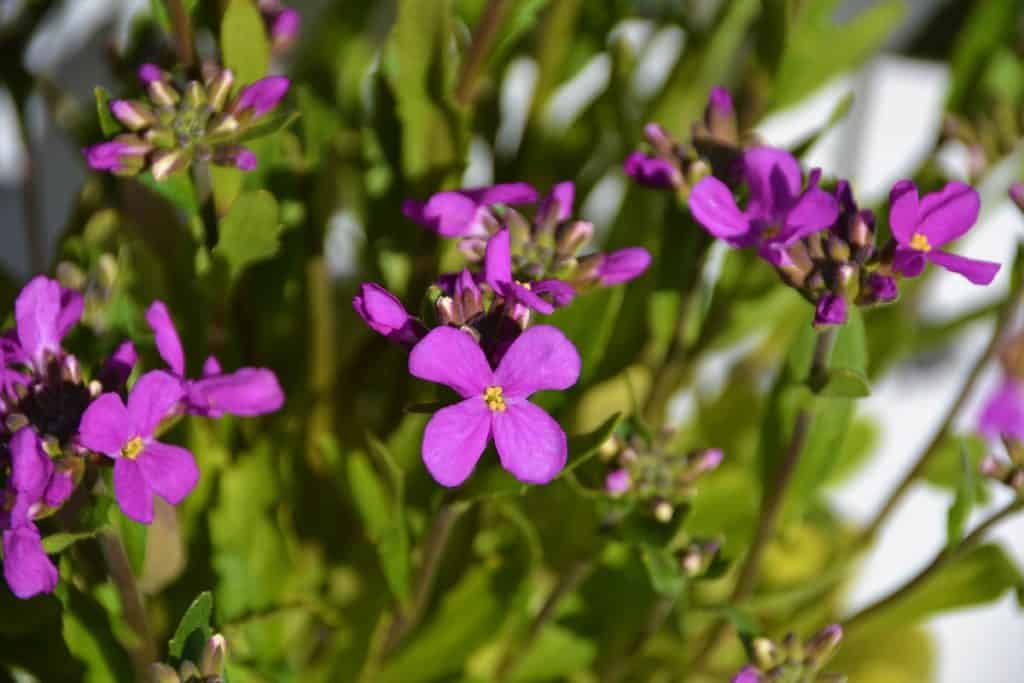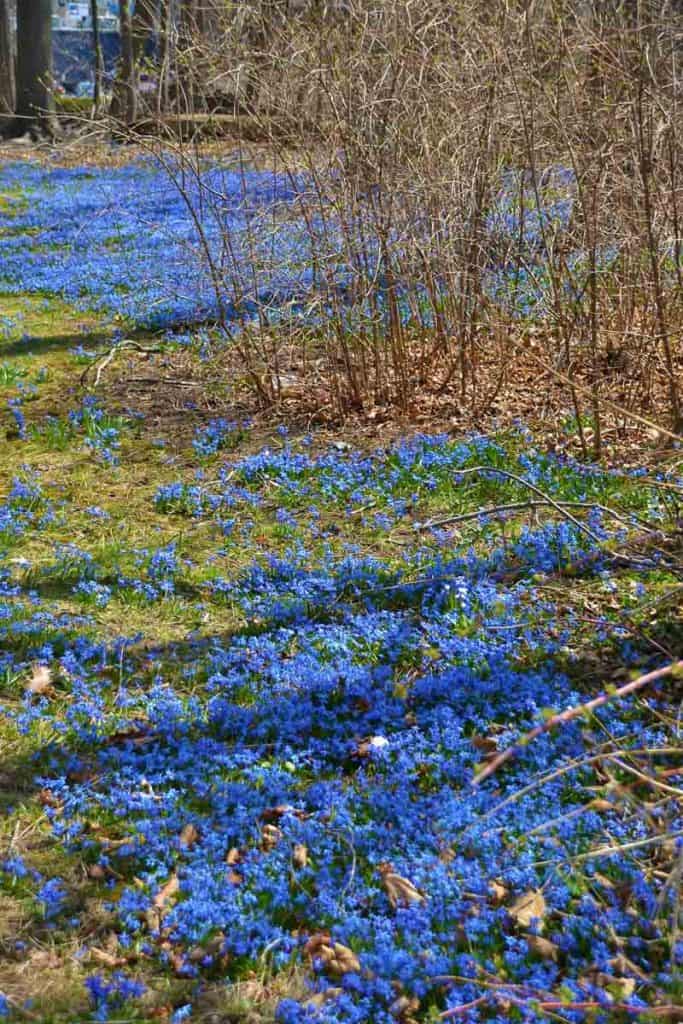Here’s what’s blooming in town this week to make your walks more enjoyable
Today (April 14) is National Gardening Day! Even in the northeastern states it is warm enough now to plant, as the soil has warmed up considerably in the last week or two. Here in Saugus it certainly looks like spring with showy flowers appearing on some trees, such as magnolias and some flowering cherry species. The warm weather of the last few days has brought the forsythia buds to just about open, and color is already starting to show on the lilacs. Many other trees and shrubs are showing bits of new greenery on their branches. Patriots’ Day is observed on Monday. Among those who have enjoyed seeing a bald eagle back in town for the long weekend is Charlie Zapolski, who spotted an eagle watching the world from its pine tree this week.
A few pollinators are beginning to show up, but in general it is too early in the season to expect to see many bees and butterflies. On many days, we are still seeing quite a bit of wind, and there are many trees, shrubs and herbaceous plants blooming now that depend on the wind for effective distribution of pollen at this time of year. Allergy sufferers are most likely all too aware of the wind-pollinated species blooming now, which include many poplars – including aspen species (Populus spp.) – maples (Acer spp.) and some conifers like red cedars and other junipers (Juniperus spp.). Wind-pollinated plants may not have the showiest flowers since they do not need to impress or attract bees, butterflies or other pollinators. Strategies that expose them to wind, such as flowers that develop near the top of trees or which can actually dangle and shake in the wind, can be effective at ensuring that the pollen travels far from the original plant that produced it. Quaking aspen (Populus tremuloides), also known as quaking poplar or popple, gets its name from the way its leaves quake or tremble in the wind, but the dangling staminate (pollen-producing) flowers also move in the wind.
Aspen trees are dioecious, which means that each tree produces only staminate (pollen-producing) flowers or only pistillate (seed-producing) flowers. Pussy willows (Salix discolor and Salix caprea) are the same way, so two different plants are needed for seed production to occur.
Along with large showy bulbs like daffodils and tulips, there are other much smaller bulb species which are also very worthwhile garden plants, although they may need to be planted in large masses to have a dramatic effect. Siberian squill (Scilla sibirica), which is actually native to Turkey and southwest Russia, not Siberia, has a flower that is a bright true blue which blooms in spring. At only a few inches tall, it can thrive in locations where there is partial shade, and the leaves become dormant by late spring. This makes it able to be naturalized in a lawn since the leaves will not be destroyed by lawn mowing before they have had a chance to mature.
A great place to see flowers today and tomorrow is the library, which is holding Books in Bloom again this year. Outdoors, today might be a great day for relaxing in the garden and reading, as the stone owl seems to be doing in the photo above. In addition to spring bulbs like daffodil (Narcissus spp.), hyacinth (Hyacinthus orientalis) and Siberian squill (Scilla sibirica), there are many other flowers coming into bloom.
Rock garden perennials are often among the earliest plants to bloom in most gardens for several reasons. Rock outcrops absorb heat from the sun and warm up more quickly than most garden soils. The plants that grow in rocky sites are often species that originated on mountainous sites, where the growing season is short. At the top of Mount Washington, for example, there aren’t a lot of weeks between the last snow of the spring and the first ones of fall. Rock cress (Arabis spp.) is one genus that thrives in mountainous and dry habitats, with over a hundred species worldwide. They are members of the cabbage family (Brassicaceae) so like most members of that family they have four-petalled flowers. Coast rock cress (Arabis blepharophylla) is native to coastal cliffs of northern California and is a fragrant flowering species with blossoms that are usually shades of purple and magenta.
Editor’s Note: Laura Eisener is a landscape design consultant who helps homeowners with landscape design, plant selection and placement of trees and shrubs, as well as perennials. She is a member of the Saugus Garden Club and offered to write a series of articles about “what’s blooming in town” shortly after the outbreak of the COVID-19 pandemic. She was inspired after seeing so many people taking up walking.
